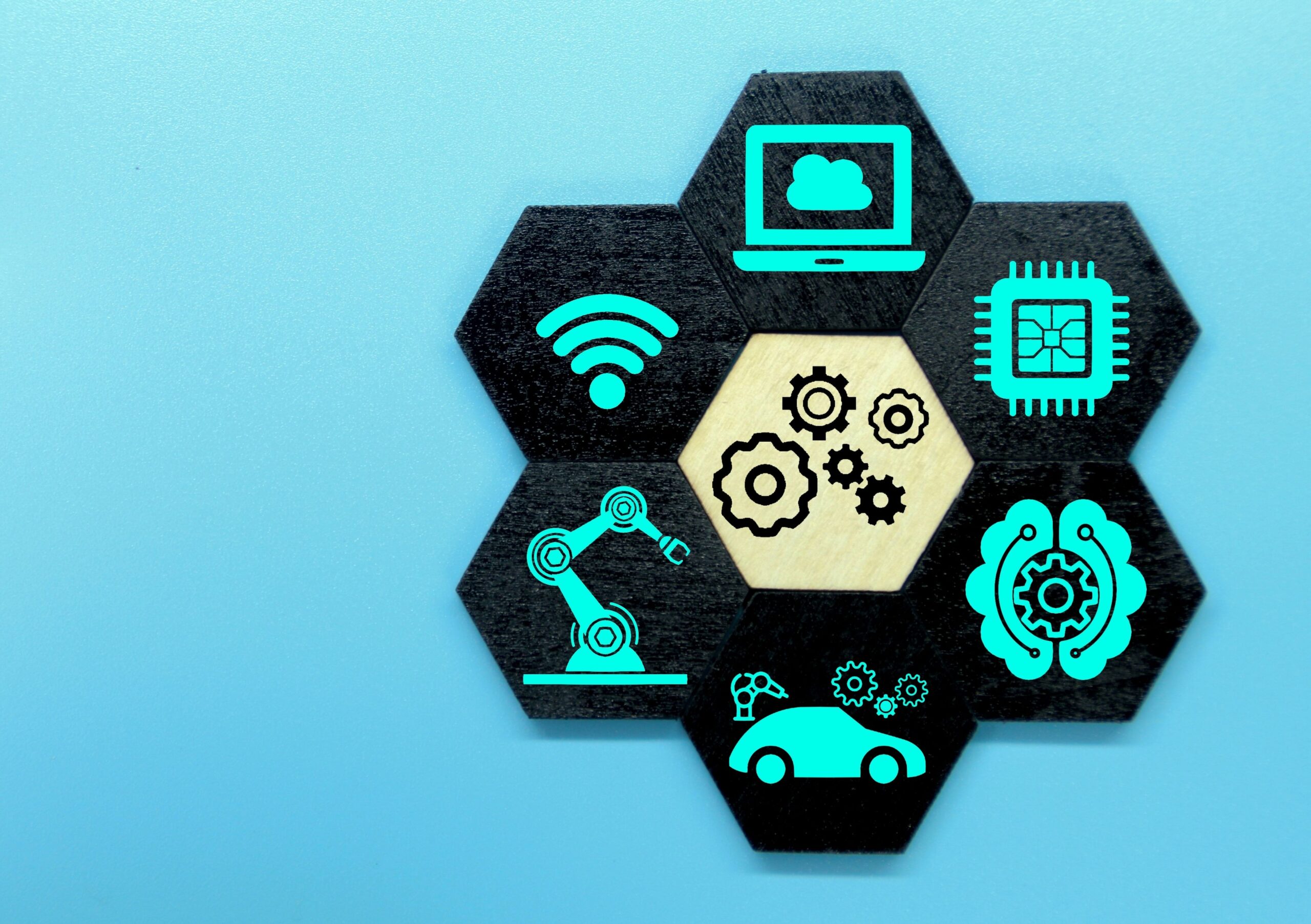Once dismissed as just another buzzword, the Internet of Things (IoT) is now one of the most impactful forces in global innovation. It’s no longer about smart fridges or fitness trackers — IoT has grown into a vast ecosystem spanning industrial automation, energy grids, healthcare, logistics, and more.
IDC projected that by 2020, the worldwide IoT market would surpass $7 trillion. That’s not hype — it’s a reflection of how deeply embedded connected devices are becoming in both business and everyday life.
This evolution is driven by real needs: smarter infrastructure, streamlined operations, and the desire for real-time data to make faster, better decisions.
Before we talk about who’s using it, it’s important to understand why IoT is booming across the globe. These key forces are shaping its rapid acceleration:
IoT isn’t growing because it’s trendy — it’s growing because it solves real problems. And every connected device is a stepping stone toward a more responsive and efficient world.
The Internet of Things is no longer confined to tech conferences and experimental labs — it’s embedded in the core of modern industry. From automated production lines to wearable health monitors, IoT is quietly powering a shift from reactive processes to predictive, data-driven ecosystems. The real impact is felt in how different sectors are now able to operate smarter, faster, and with greater precision. Here’s how that transformation is playing out across key areas of the economy:
These are just a few examples — and each one adds a layer of intelligence that didn’t exist before. The shift is quiet, but profound.
We’re no longer talking about “what’s next” — the Internet of Things is already embedded in how businesses operate, how cities are built, and how people live. The true challenge now lies in adapting fast enough to leverage its full potential.
For businesses, this means investing in infrastructure that supports connected technologies, training teams in data-driven decision-making, and ensuring cybersecurity strategies are up to par. For individuals, it means becoming more aware of how IoT is influencing everything — from healthcare to how your car navigates traffic.
The transformation is quiet but swift. Those who stay passive risk falling behind; those who take action today will lead tomorrow. Start exploring how you can connect smarter — and thrive in the IoT-powered world.
Comments are closed